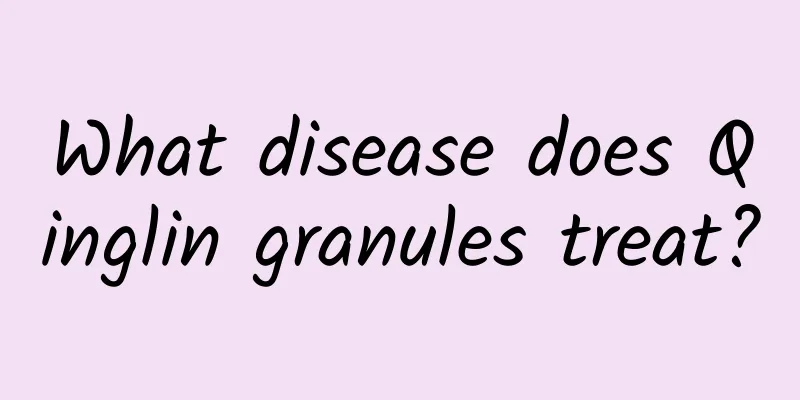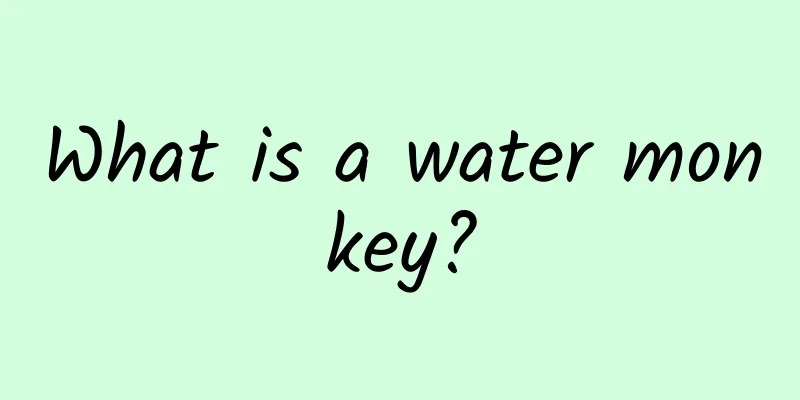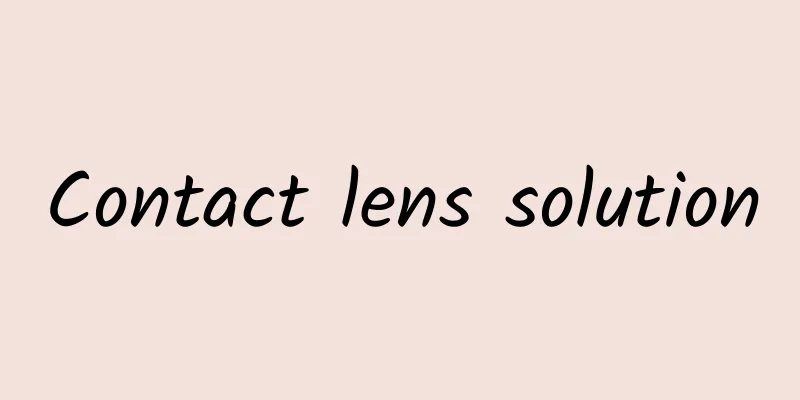There is a lump on the inside of the wrist

|
Normally, we always pay attention to our bodies. We don’t worry about scratches or lumps when we first notice them, but if they don’t go away after a few days, we will start to worry. This situation does require attention because it may have serious consequences or it may just be a false alarm. If you have a lump on the inside of your wrist, what is causing it? What are the corresponding strategies? Next, let me introduce it to you. 1. "Ganglion cyst" is a cystic tumor that occurs in the tendon sheath of the joint. It is a disease caused by the degeneration of the connective tissue around the joint capsule. It contains colorless, transparent, orange or light yellow thick mucus, and often occurs on the back of the wrist and the back of the foot. Most patients are young and middle-aged, and more often women. It is a hemispherical protrusion superficially under the skin, soft and movable, a slowly developing cystic tumor with a smooth surface, clear boundaries, soft texture, and a sense of fluctuation. It has no obvious subjective symptoms or may have slight soreness. When the cyst is filled with fluid, the cyst wall becomes hard and locally tender. When touched, the subcutaneous tissue feels full and has a fluctuating cystic feeling, accompanied by wrist weakness, discomfort or pain, mostly soreness or radiating pain, and may have certain functional impairment. If there are no obvious effects, no treatment is necessary. Corresponding strategies: (1) Squeeze or tap: Use the thumbs of both hands to forcefully squeeze the cyst to rupture it. If the cyst is too hard to be squeezed, use a wooden board or a small hammer to directly break it, and then massage the area for 10 to 20 minutes to allow the fluid to flow out. (2) Fluid extraction therapy: For those cysts that cannot be ruptured by squeezing or tapping, the cyst can be punctured with an injection needle, the cyst fluid is extracted first, and then hydrocortisone acetate injection is injected into the cyst to make the cyst wall adhere. (3) Cupping after acupuncture: First, insert the needle from the top of the cyst, penetrate the cyst wall at the base, and then remove the needle and apply the cupping to absorb a small amount of mucus (about 20 minutes). The treatment is once every 3 days. It has been used frequently in clinical practice with very good results. (4) Surgery: It is suitable for patients with recurrent cysts or hard cysts in the later stage. Cystectomy or cyst wall eversion suture is usually performed in the outpatient clinic. The operation is simple, less invasive, and the patient can move immediately after the operation. 2. Related to the bites of some small insects. Corresponding strategy: Simply use some Pi Yan Ping to treat it, the effect is good. |
<<: Causes of eczema on the inner thighs of girls
>>: Transparent blisters on the inside of the lower lip
Recommend
Is Polygonum multiflorum the same as Polygonum multiflorum?
Polygonum multiflorum and Yaksha vine are differe...
Will medical abortion affect future pregnancy?
Medical abortion is a common method of abortion. ...
Which finger is first affected by rheumatism?
Rheumatism is a common disease. There are many ty...
What should I do if my baby has white spots on his nose when he is born?
Newborn babies are taken care of carefully by any...
Extensive myocardial ischemia
Myocardial ischemia is caused by poor heart pumpi...
Can Niuhuang Jiedu Tablets cure bad breath?
Niuhuang Jiedu Tablets are a relatively common Ch...
What are benign liver tumors?
Benign liver tumors are relatively common in our ...
Is hair loss normal in newborns?
If a newborn baby has hair loss, parents will be ...
Do you know how to treat venous plaque?
Blood vessels are composed of two major parts: ar...
6 tips for frying fish without sticking
Fish is a very good tonic food in autumn and wint...
Blisters on the chest
Chest blisters are a skin problem that many peopl...
How to soak Cordyceps in wine to nourish the kidneys
Cordyceps, also known as Cordyceps sinensis, is a...
The dangers of high apolipoprotein B
High levels of apolipoprotein B are harmful to th...
Can heavy bleeding during childbirth cause death?
Many pregnant women choose cesarean section to av...
What happens if the door is touched?
Fontanelle. Perhaps when hearing this term for th...









